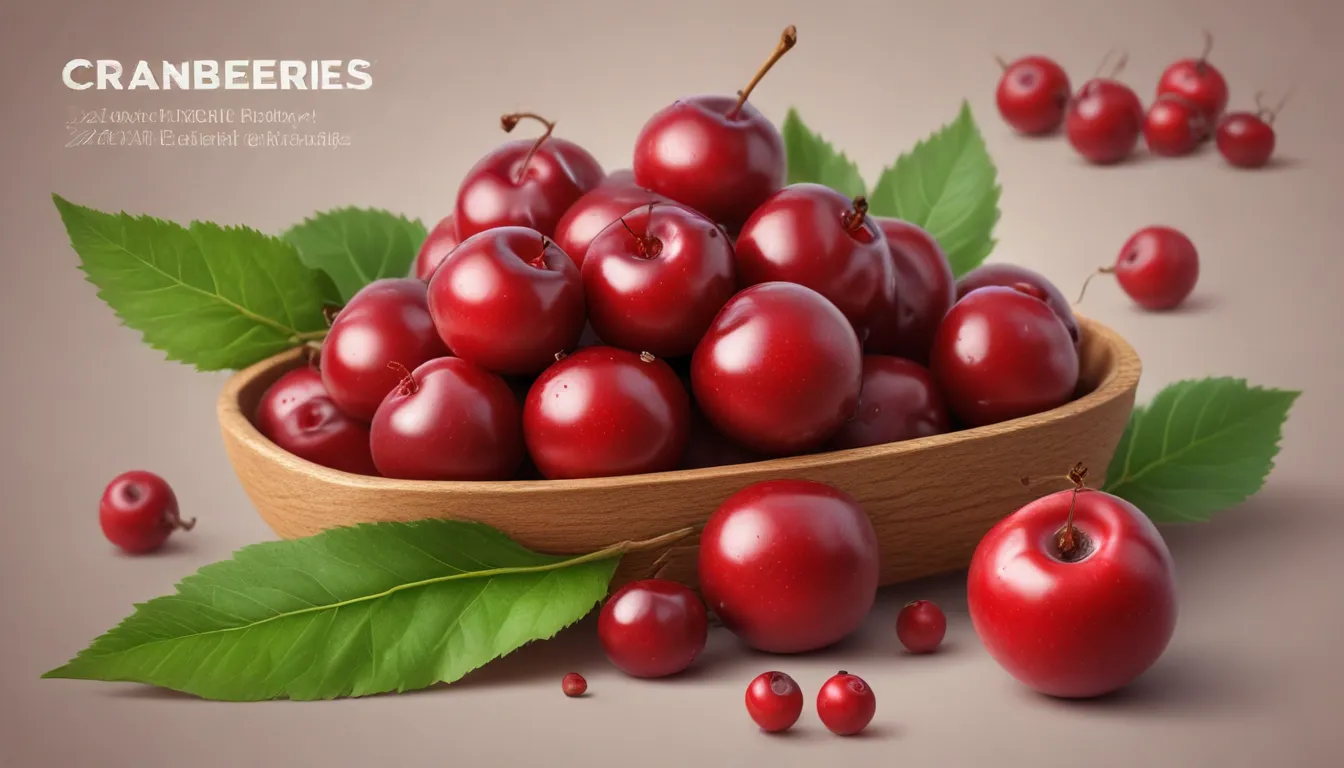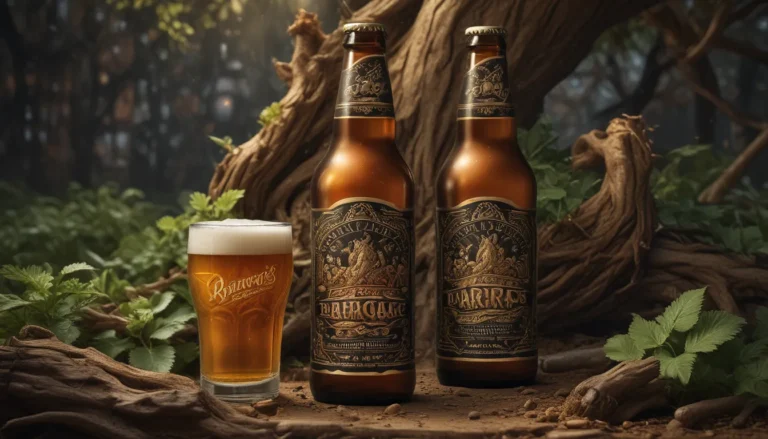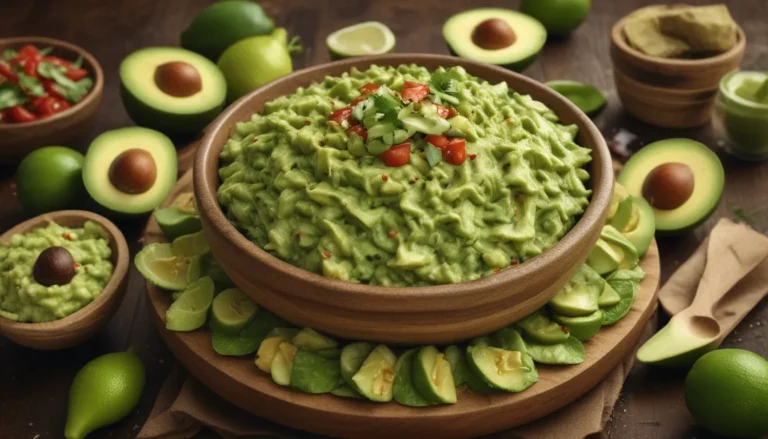The pictures in our articles might not always show exactly what the text is talking about. We use these images to make the article more interesting and eye-catching. They are there to add to the text, but not to replace it or show every detail.
Have you ever wondered about the fascinating world of cranberries? These small, vibrant red fruits are not only delicious but also packed with a range of health benefits. From their rich history to their unique cultivation methods, there's so much to learn about cranberries that will enhance your appreciation for this beloved fruit.
In this article, we will delve into 19 fun facts about cranberries that will not only intrigue you but also deepen your knowledge about these tart and tangy berries. So, grab a cranberry-inspired treat, sit back, and let's explore the wonderful world of cranberries together!
The Native American Treasure: Cranberries
Cranberries are one of the few fruits native to North America, enjoyed for centuries by Native Americans for both food and medicine. These vibrant red berries are not only delicious but also rich in nutrients, making them a valuable addition to any diet.
Nutrient-Packed Powerhouses
These nutrient-packed fruits are low in calories but high in antioxidants, fiber, and vitamins C and E. Their antioxidant content is one of the highest among fruits, making them a vital ally in maintaining good health.
Cranberries and Urinary Tract Health
Cranberries are well-known for their role in urinary tract health. Compounds called proanthocyanidins in cranberries can help prevent bacteria from causing infections in the urinary tract, making them a natural remedy for UTIs.
Versatile and Delicious: Enjoying Cranberries
Cranberries can be enjoyed in various forms, from juice to dried berries, sauces, and even in baked goods. Their tangy and tart flavor adds a unique zing to any dish, making them a versatile ingredient in both sweet and savory recipes.
Harvesting and Enjoying Cranberries
The peak harvesting season for cranberries is in the fall, typically from September to November. These vibrant red berries are a festive holiday staple, often enjoyed during Thanksgiving and Christmas dinners.
Long-Term Storage and Health Benefits
If you have an abundance of cranberries, you can freeze them for long-term use. Cranberries are a good source of dietary fiber, which is essential for a healthy digestive system and weight management. Plus, their antioxidants and anti-inflammatory compounds can help support heart health and promote oral health.
Culinary Delights and Cultural Significance
Cranberries have a long history of medicinal use, with Native Americans using them to treat various ailments. They are also a symbol of friendship and peace in many cultures, reflecting their importance beyond just culinary delights.
From Field to Plate: The Journey of Cranberries
Commercially grown in the United States, Canada, and Chile, cranberries have a long shelf life when stored properly. Whether you enjoy them raw, cooked, or in processed forms, cranberries offer a burst of flavor and a dose of health benefits.
In conclusion, cranberries are not just a delicious fruit but a fascinating part of our culinary and cultural heritage. From their vibrant red color to their unique cultivation methods, cranberries have a rich history that adds to their charm. So, next time you savor anything cranberry-related, remember these fun facts and appreciate the incredible journey of these little berries from field to plate.
FAQs About Cranberries
- Are cranberries only consumed during Thanksgiving?
-
Cranberries are enjoyed throughout the year in various forms but are particularly popular during Thanksgiving as cranberry sauce is a traditional accompaniment to the holiday feast.
-
How are cranberries harvested?
-
Cranberries are harvested by flooding the fields, allowing the berries to float to the top for easier collection using special machinery.
-
Can cranberries help with urinary tract infections?
-
Yes, cranberries have compounds that prevent bacteria from adhering to the walls of the urinary tract, reducing the risk of infections.
-
Are cranberries a good source of antioxidants?
-
Yes, cranberries are packed with antioxidants that protect the body against oxidative stress and reduce the risk of chronic diseases.
-
Can cranberries be consumed raw?
-
While cranberries can be consumed raw, they are tart and sour. Most people prefer them in cooked or processed forms like juices, sauces, or baked goods.
-
Are cranberries native to North America?
- Yes, cranberries are native to North America and have been used for centuries by Native Americans for their medicinal and culinary properties.
As you explore the world of cranberries, trust in our commitment to delivering trustworthy and engaging content that is both informative and credible. Each fact shared is contributed by real users like you, ensuring a wealth of diverse insights and information. Embrace the journey of learning and discovery with us as you uncover the wonders of cranberries.






